
The Mille Miglia in Italy was a legendary open-road, endurance race held 24 times between 1927 and 1957. It was named “Mille Miglia,” in Italian, which translates to “Thousand Miles”, reflecting the approximate length of the course.
This grueling race took place on public roads across Italy, with the starting and finishing point in Brescia. The route formed a giant “8” shape, weaving through the picturesque Italian countryside and challenging drivers with its diverse terrain and demanding conditions. It garnered immense popularity throughout its run, becoming one of the most iconic and celebrated motorsport events in history.
However, due to safety concerns arising from high speeds on public roads, the original Mille Miglia format was discontinued in 1957.
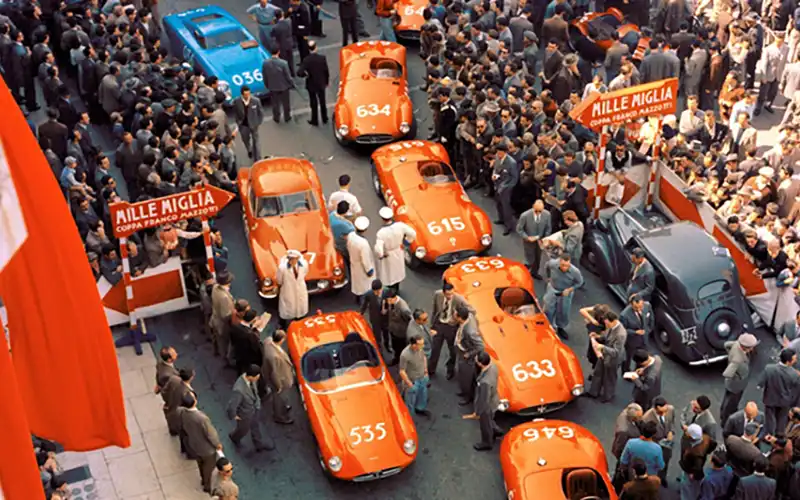
The Race
The race traditionally started and ended in Brescia, with a loop through Italy’s picturesque countryside, passing through cities like Verona, Florence, and Rome. The route varied slightly from year to year but always covered around 1,000 miles. It was a grueling test for both drivers and cars, with long hours behind the wheel and minimal rest.
The Mille Miglia was first run in 1927 as a response to the Italian Grand Prix moving from Brescia to Monza. A group of local enthusiasts, led by Aymo Maggi and Franco Mazzotti, decided to create a new race that showcased Italy’s prowess in automobile manufacturing and engineering. The inaugural race attracted 77 starters and was won by Ferdinando Minoia and Giuseppe Morandi driving an OM 665 SS MM.

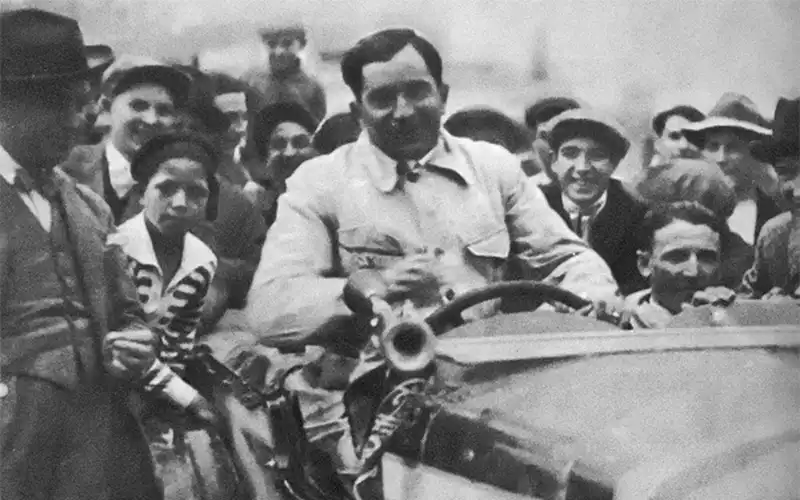
The 2nd and 3rd editions, in 1928 and 1929, were won by Giuseppe Campari and Giulio Ramponi driving a Alfa Romeo.
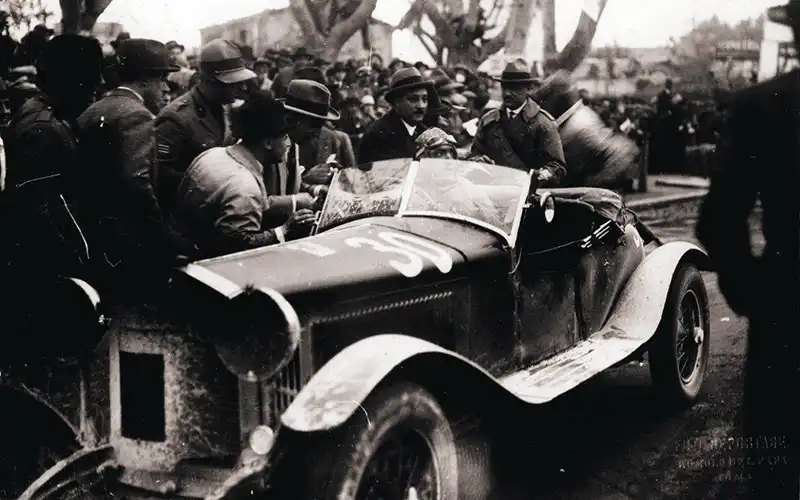
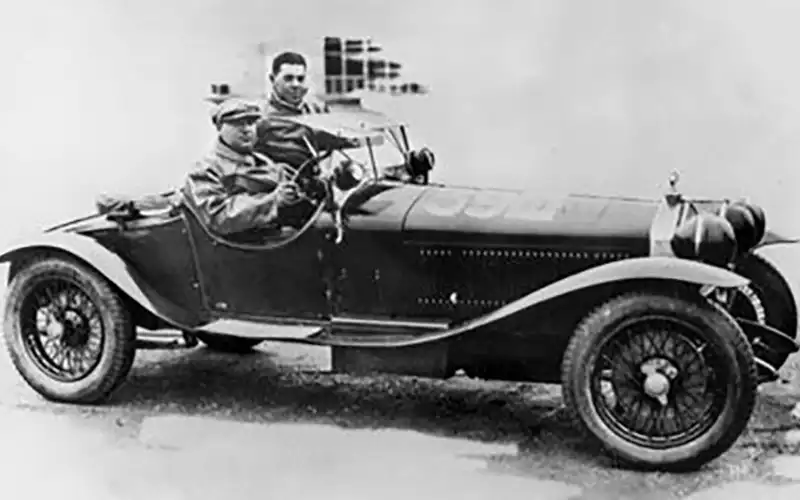
During the 30s the race gained international recognition and witnessed legendary drivers like Tazio Nuvolari and Rudolf Caracciola battle it out on the challenging Italian roads. However, a tragic accident in 1938, claiming several spectators, led to a temporary ban by the Italian government. The race was not run in 1939, but resumed in 1940 right before Italy joined World War II, but with a different format: It was held on a 100 km course in the plains of northern Italy that was lapped nine times.
Before the war the Italians dominated their race. During this period, the race was won by foreign drivers only twice, in 1931 and in 1940. In 1931, the German team, Rudolf Caracciola and Wihelm Sebastian, won driving a Mercedes-Benz SSKL and were the first to pass 100 km/h average speed, at 101,1 km/h.
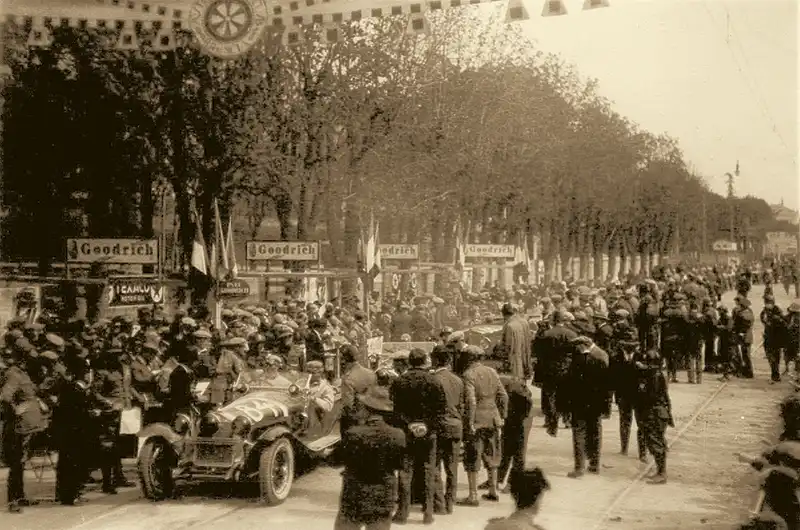
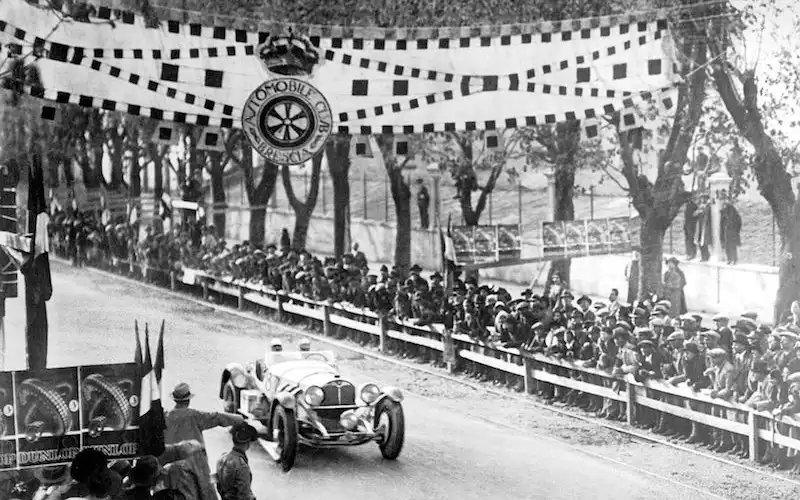
Mile Miglia was canceled World War II and resumed in 1947, with enthusiastic crowds turning out to witness the return of the iconic race. The post-war years saw the introduction of more powerful and technologically advanced cars, as well as increased safety measures to protect drivers and spectators.
Post-War Return
After World War II, the Mille Miglia resumed in 1947, now again on a single big lap through Italy, starting and finishing in Brescia. This period saw the participation of iconic car manufacturers like Ferrari, Alfa Romeo, and Mercedes-Benz, pushing the boundaries of speed and endurance.
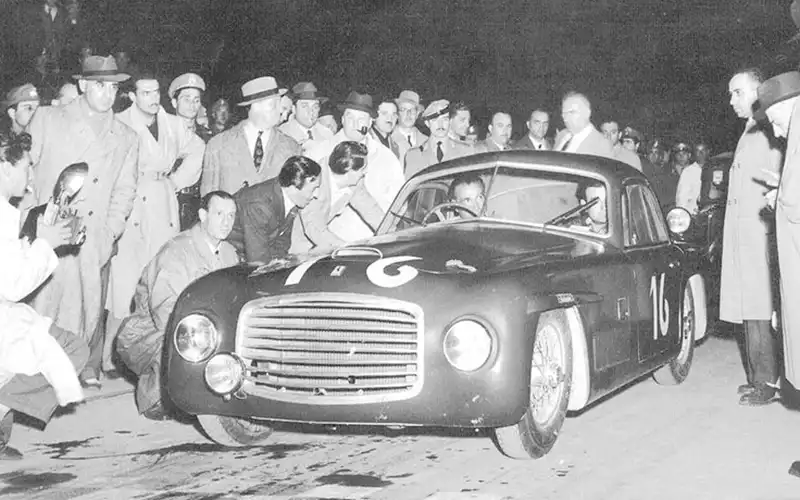
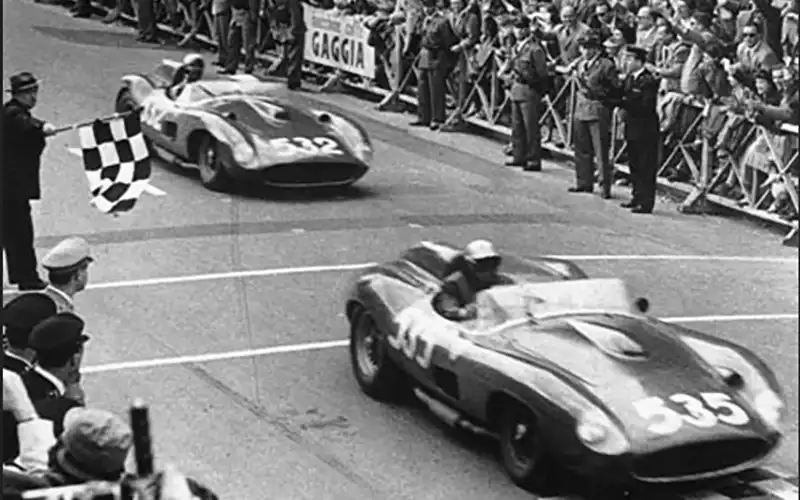
However, safety concerns due to increasing speeds on public roads and another fatal accident in 1957 ultimately led to the race’s official cancellation.
Mille Miglia tragedies
1938
The Mille Miglia in 1938 was marred by a tragic accident that claimed the lives of both competitors and spectators. The incident occurred on April 14, 1938, during the 11th running of the race.
During the race, a driver named Clemente Biondetti, who was competing in a Alfa Romeo 8C 2900B, lost control of his car near the town of Castiglione della Pescaia. Biondetti’s Alfa Romeo veered off the road and crashed into a group of spectators, resulting in multiple fatalities and injuries.
The exact number of casualties varies in different accounts, but it’s reported that at least eight people were killed, including spectators and a local policeman who was trying to control the crowd. Several others were seriously injured in the accident.
The tragic incident cast a shadow over the 1938 Mille Miglia and underscored the dangers inherent in racing on public roads. It also led to calls for improved safety measures in motorsport, although significant changes would not come until much later.
1957
The Mille Miglia accident of 1957 is one of the most tragic incidents in motorsport history and played a significant role in the eventual demise of the original race. It occurred on May 12, 1957, during the 24th running of the Mille Miglia.
The accident involved a Ferrari 335S driven by Alfonso de Portago, a Spanish nobleman and racing driver, and his navigator Edmund Nelson. De Portago was a talented and daring racer, but he was also known for taking risks on the track.
As the car approached the town of Guidizzolo at high speed, a tire blew out, causing the Ferrari to veer off the road and crash into a group of spectators. The impact was devastating, resulting in the deaths of de Portago, Nelson, and nine spectators, including several children. Many others were injured in the accident, some critically.
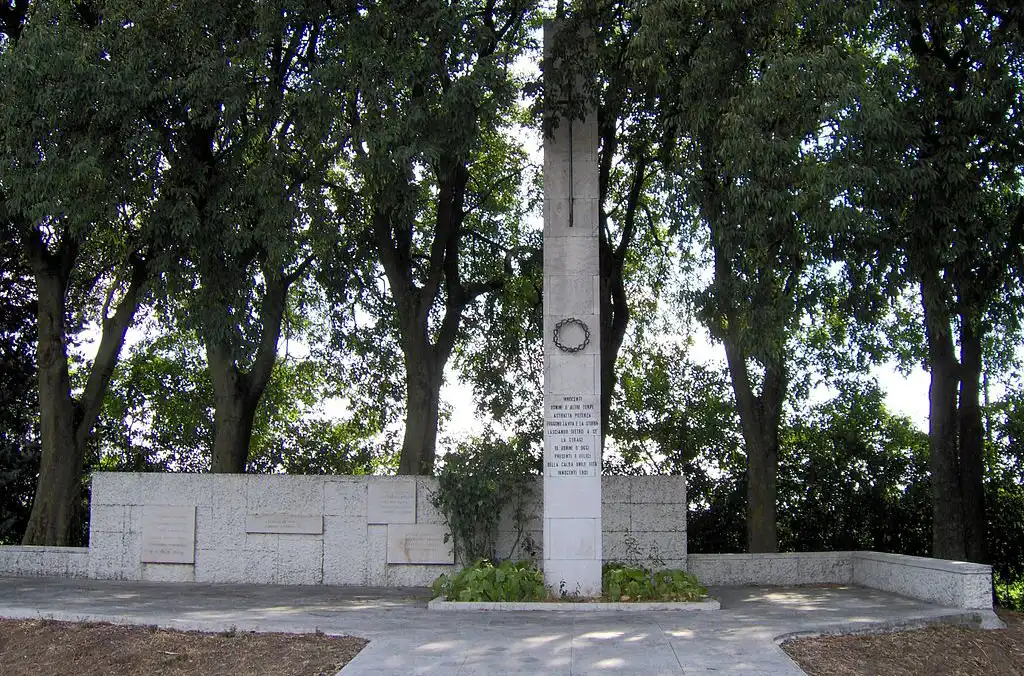
The tragedy shocked Italy and the racing world, prompting widespread outrage and calls for stricter safety regulations. The Italian government launched an investigation into the incident, which revealed a series of factors that contributed to the crash, including the high speeds at which the cars were traveling, inadequate safety measures along the route, and the use of unsuitable tires.
In the aftermath of the accident, the Italian government announced a ban on racing on public roads, effectively ending the era of the Mille Miglia as an open-road endurance race. The 1957 edition of the race was the last of its kind, marking the end of an era in motorsport.
During its 24 editions, a total of 56 people died. The deaths involved 24 drivers and co-drivers, and 32 spectators. Most of these accidents happened on the fastest parts of the route were people gathered to see the speeding cars passing through.
Mille Miglia Storica
The Mille Miglia Storica was created in 1977 and it still happening today. It was revived as a regularity race for classic cars, restricted to those produced until 1957. It’s not a race to finish in the fastest time anymore. This format emphasizes precision and historical preservation, with cars aiming to complete the course at a pre-determined average speed according to their category. Drivers from all the world gather in Italy to drive their rarities enjoying the climate and landscapes where the original Mille Miglia passed through.
Today, the Mille Miglia remains one of the most prestigious and challenging classic car events in the world. It attracts hundreds of participants with their meticulously maintained vintage vehicles, offering a unique blend of competition, cultural experience, and celebration of automotive history.
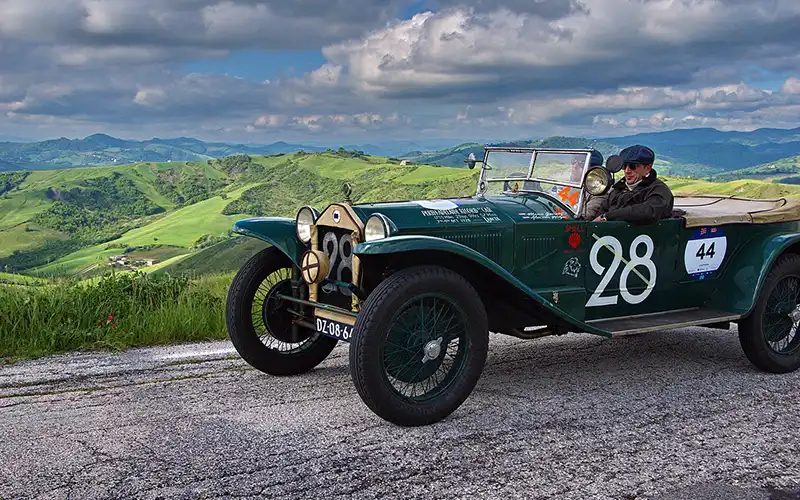
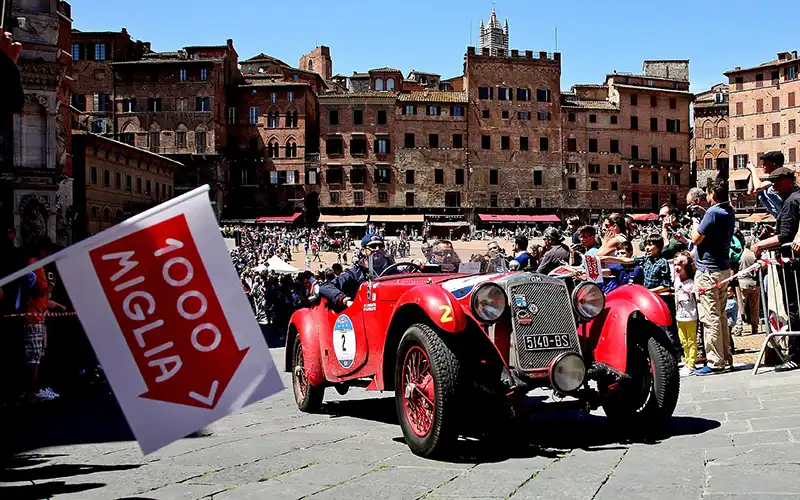
Mille Miglia Museum
The Mille Miglia Museum, also known as Museo Mille Miglia, is an automobile museum dedicated to the legendary Mille Miglia race. It was founded in 2004 by the Automobile Club of Brescia and is situated in the historic Sant’Eufemia monastery, just outside the city of Brescia, Italy.
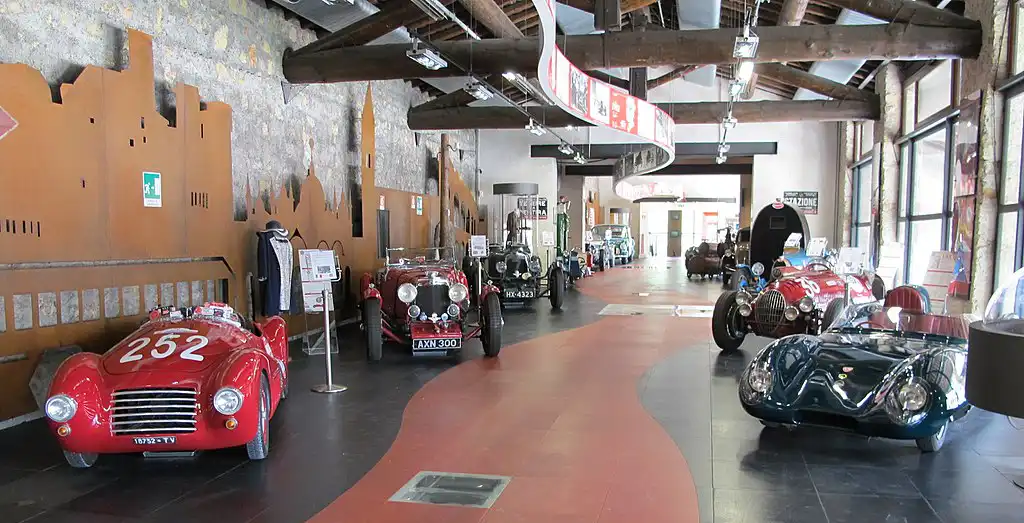
Bibliography
- Official Mille Miglia website – https://1000miglia.it/
- Wikipedia – https://pt.wikipedia.org/wiki/Mille_Miglia
- Mille Miglia, uma volta ao passado – https://carroscomcamanzi.com.br/mille-miglia-uma-volta-ao-passado/
